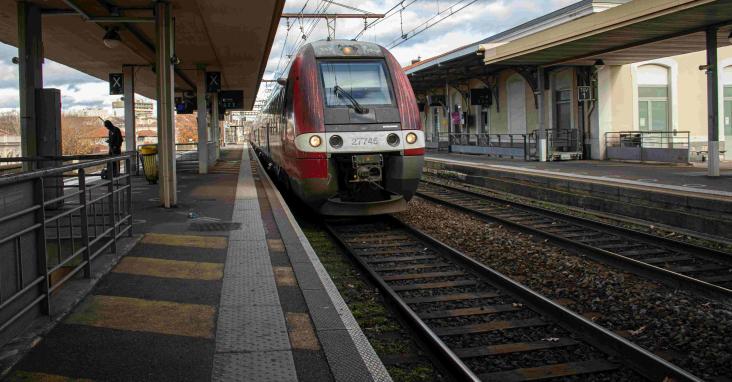This paper analyses monthly data on significant changes in mean AQI and PM10 levels from 2017 to 2023 in one of teh most populous states of India, and highlights that intensified provisions may be necessary for cities predicted to fall short of meeting program targets.
This research conducted semi-structured interviews to investigate how secondary school students in England make sense of different creative uses of metaphor and metonymy in a sample of slogans shared on social media for the Global Climate Strikes and #FridaysForFuture. The findings suggest that different creative uses prompted different kinds of thinking about climate change and its relevance to students’ personal lives.
Elsevier,
European Journal of Obstetrics and Gynecology and Reproductive Biology, Volume 301, October 2024
Climate change has adverse consequences on reproduction.
This paper supports SDG 3 and 13 by showing that the rise in night-time heat due to climate change, which is particularly strong in urban areas due to the urban heat island effect, could have implications for health. The study found a significant association between night-time excess heat and risk of hospitalisation. Rapid urbanisation in low-income and middle-income countries means the numbers of people exposed to excess night-time heat will increase.

SDGs have been added on Scopus' author profile pages, appearing under the rebranded “Impact” section.
This study demonstrates the large rooftop photovoltaic energy potential of China’s capital cities, showing that rooftop installations could also mitigate heat.
This perspective provides recommendations and strategies for the urban ecosystem rehabilitation of future cities, placing biodiversity and ecosystem services at the core of designing healthy and sustainable urban spaces.
A paper highlighting innovations designed to lower the emissions of newly constructed buildings, focusing on a study of adaptive high-rise buildings which can save significant resources and reduce the emissions seen in more traditional structures. The article supports SDGs 9, 11, 12 and 13.


